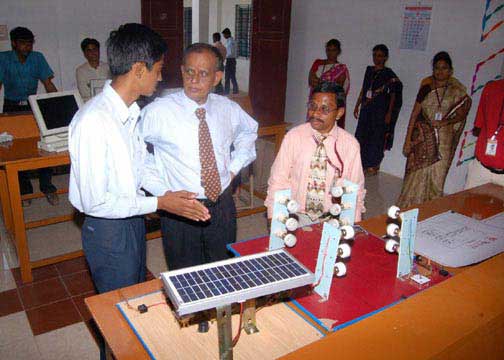- Written by madhu
- Hits: 2421
Light Sense
The potential energy savings from lighting are really impressive. Regular incandescent light bulbs have used the same primitive operating principle for the past century: a coiled wire, usually tungsten, glows under electricity in a glass vacuum. This method is much like a joke without a punch line; only five percent of the electricity is actually converted into light. The rest is wasted in heat. Despite such horrible inefficiency, shops around the world including developed countries continue to sell some billions of these energy-wasting light bulbs each year.
Lighting is by far the biggest item on the power bills for buildings say its an office or a residence. Streetlights also devour huge amounts of electricity. Often they are outdated models from the 1960s. If our policy makers switch to modern lighting they could save billions of dollars each year. One of the most promising lighting solutions comes from Organic Light Emitting Diodes (OLED), which are thin yet wide lighting glass tiles that are coated with a layer of polymers. They can be integrated into walls or furniture can change color and are especially energy efficient.
OLEDs create completely new possibilities for applications, in a few years this new lighting will hopefully replace classic power crunching neon tubes. Traditional LEDs are already known to last much longer than even compact fluorescent light bulbs and are more robust and less sensitive to vibrations. They also react extremely quickly, which is why the auto industry is using them more and more for brake lights.
Let the ignorance get vanished by knowledge, let there be sensible Light in the future.


